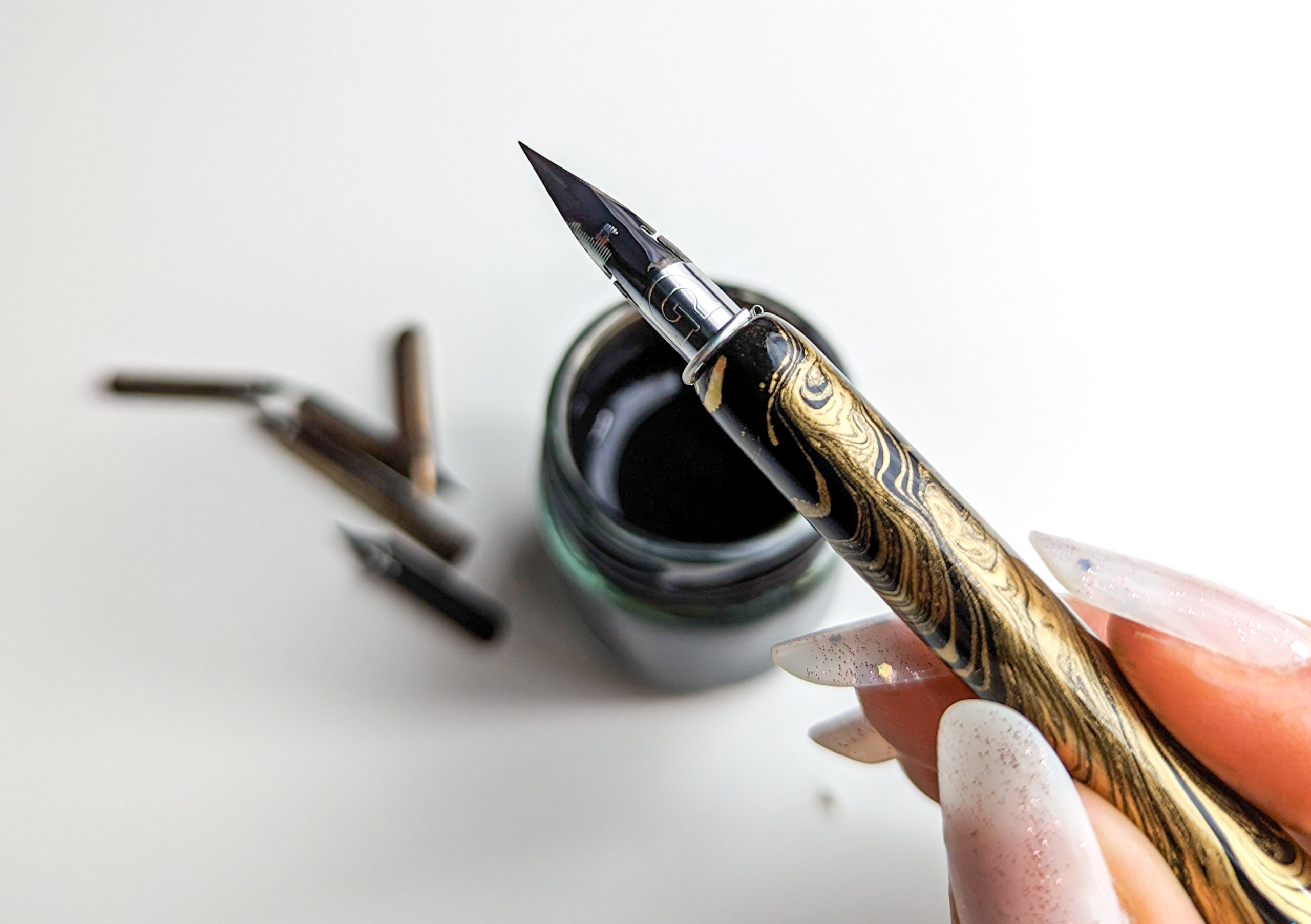
February 28, 2023
How To Make Your Nibs Last Longer
Calligraphy is a beautiful and rewarding art form, but it can be frustrating when your nibs wear out too quickly. Fortunately, there are several steps you can take to prolong the life of your nibs. Here are 8 top tips for making your nibs last longer:
1. Prep Your Nibs Before Writing
Before you start writing with a new nib, it’s important to prep it properly. This means removing the protective oily coating that comes on most nibs. There are several ways to do this, including using warm soapy water, or a specialized nib cleaner. You can find more detailed instructions in our cleaning nibs blog post here.
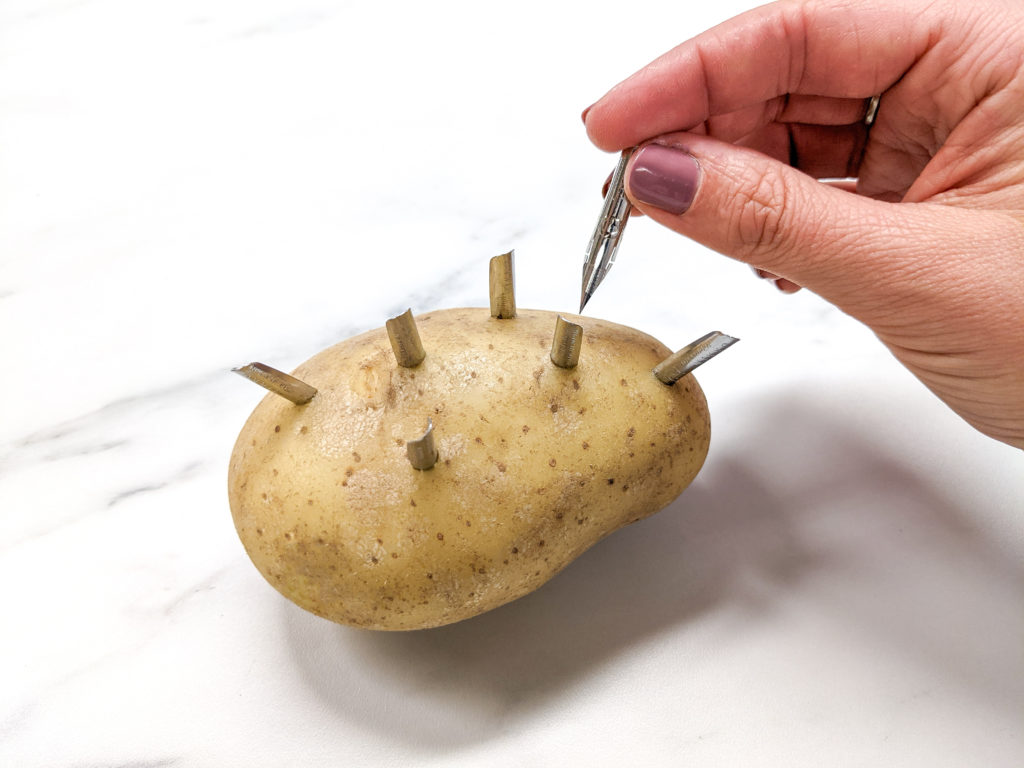
2. Don’t Prep Your Nibs Too Early
While it’s important to prep your nibs before use, you should avoid doing it too far in advance. The protective coating on your nibs won’t harm them, so there’s no need to remove it until you’re ready to start writing. If you remove the coating and then let the nib sit without using it, it may begin to rust.
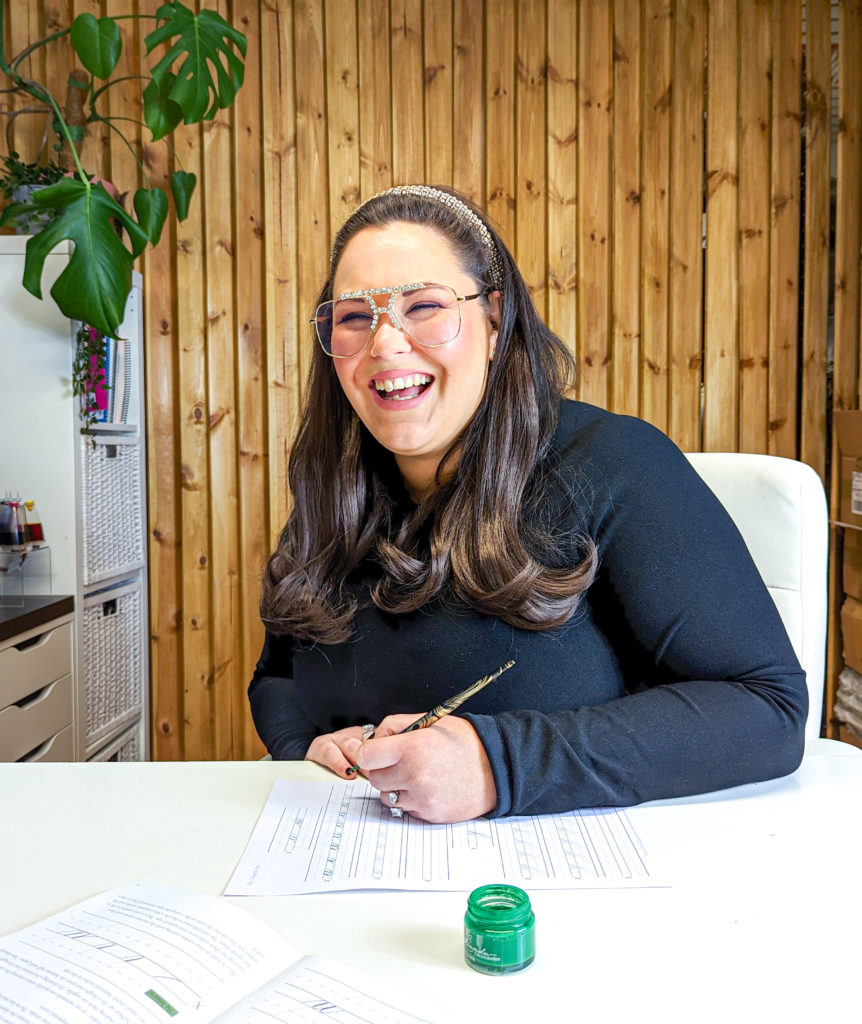
3. Avoid Getting Ink Inside Your Penholder
When dipping your nib into ink, be careful not to get any ink inside the top of your penholder or flange (if you’re using an oblique holder). If ink or water does get inside your pen, it can dry on the nib and cause it to rust. Don’t worry, we have all done it! Simply washing the ink off with water and drying your nib and pen with a paper towel will do the trick.
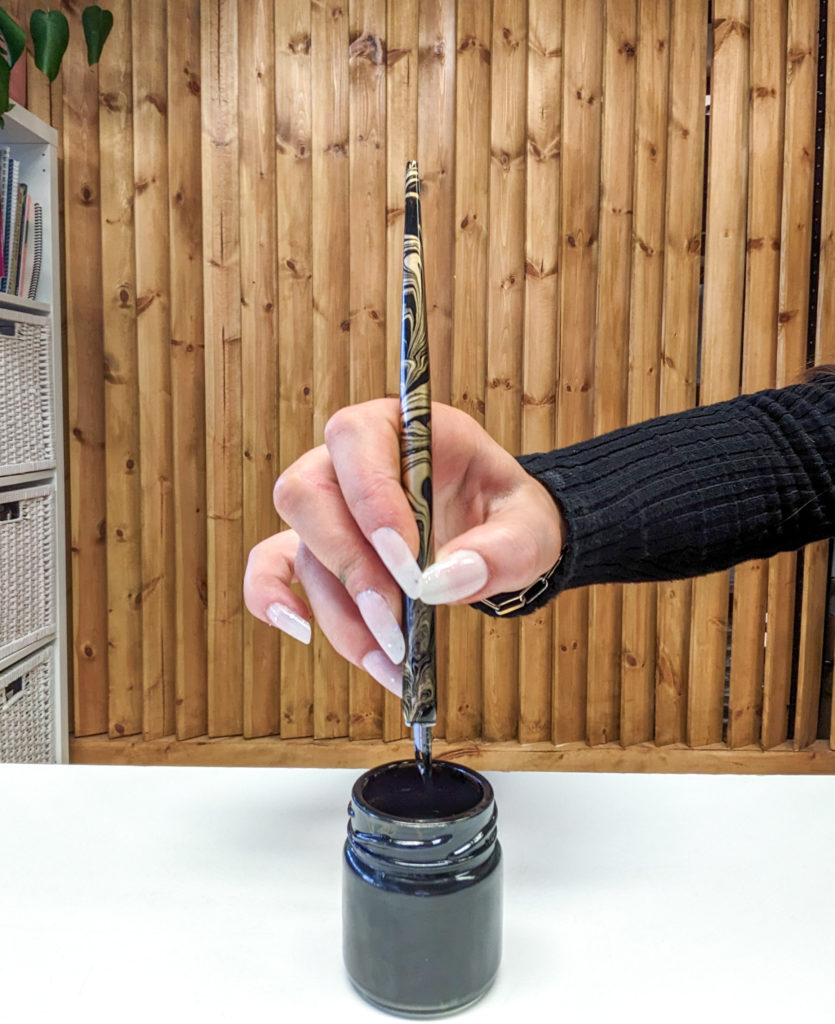
4. Keep Your Nib Clean When Not in Use
It’s important to keep your nib clean and free from dried ink, even when you’re not using it. This will help prevent rust and other damage. If you notice dried ink on your nib, simply dip a piece of kitchen roll into a little water and use it to clean the nib. No water on hand? … a little saliva will do the trick.
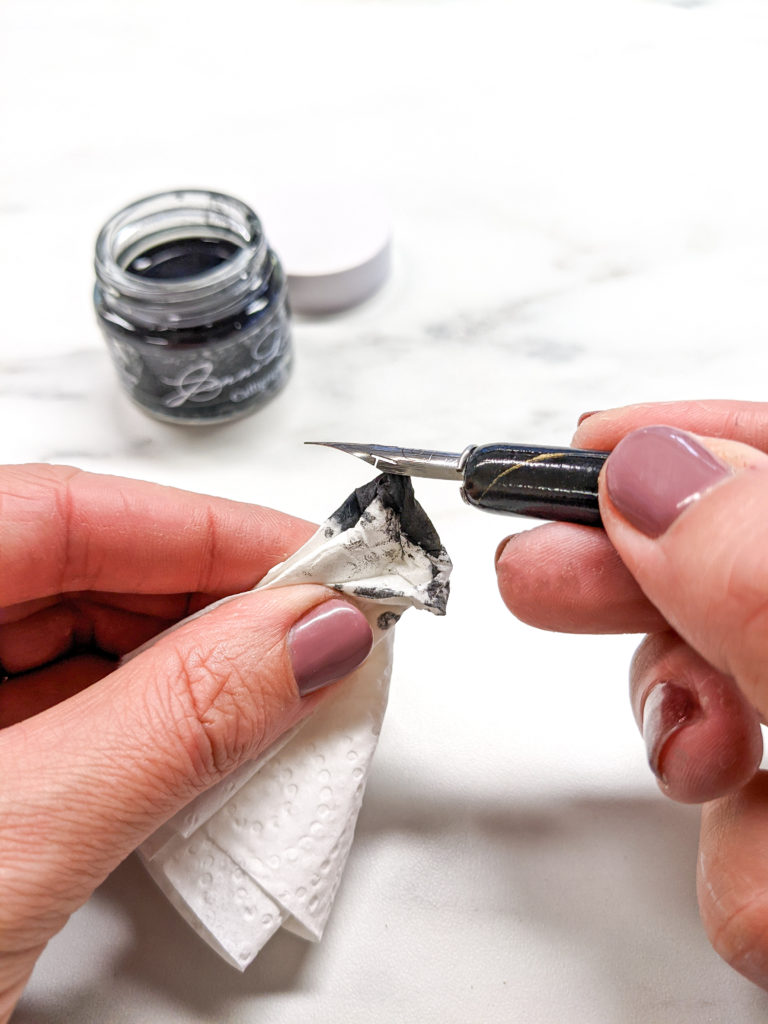
5. Don’t Apply Too Much Pressure to your Downstrokes
One of the keys to beautiful calligraphy is creating contrast between your light upstrokes and heavy downstrokes. While calligraphy nibs can handle a lot of pressure, some are more flexible and delicate than others. To avoid damaging your nibs, start with testing its flex by creating some varying pressure downstrokes. If the tines of the nib do not return to the same position, you have applied too much pressure. Zebra G and Nikko G nibs are great for beginners because they don’t have too much flexibility and are difficult to damage with pressure.

6. Watch Your Pen Angle
The angle of your pen can also affect the life of your nib. If your pen is too steep and upright, it can blunt the tip of your nib more quickly. To avoid this, push your paper a little further away from you so that your pen and nib are approaching the paper at a gentler angle. But be careful not to go too low, or your upstrokes will thicken.
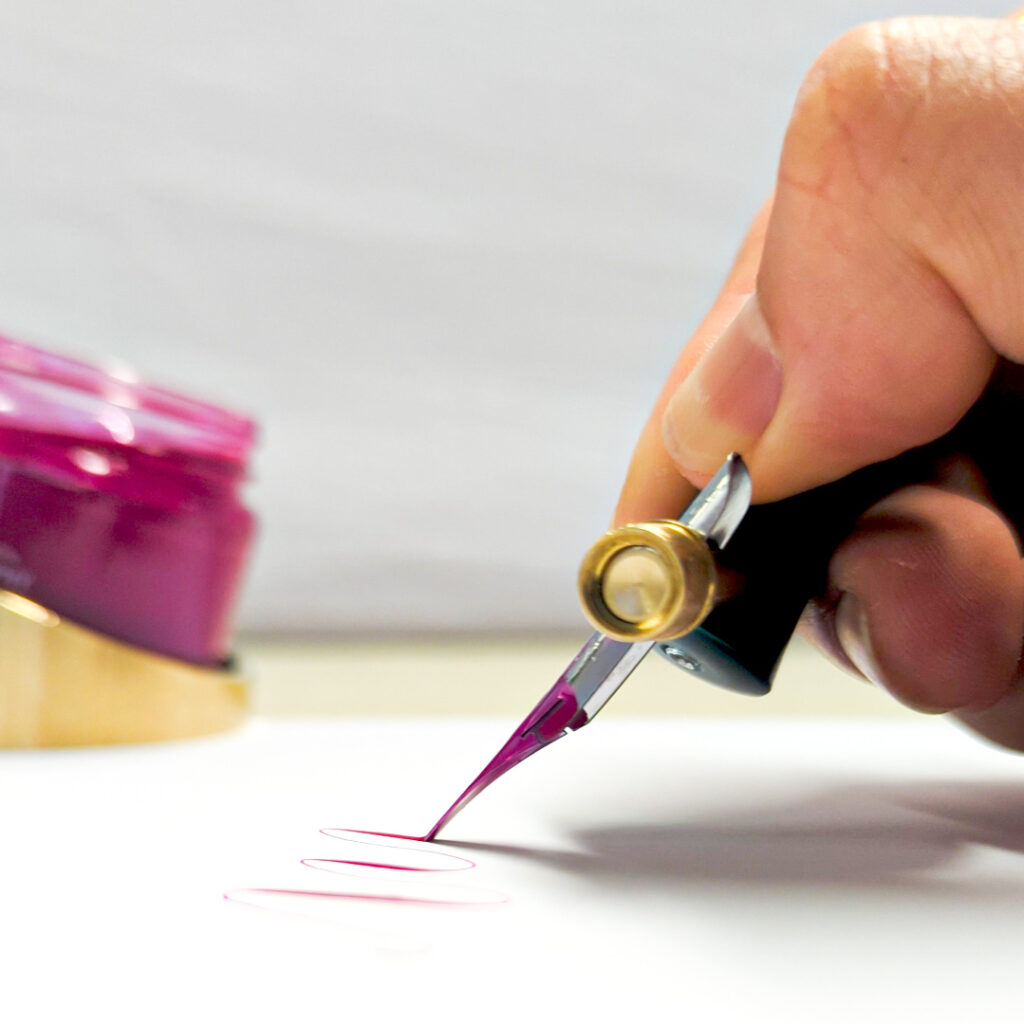
7. Avoid Textured Paper
Textured, recycled or handmade paper with loose fibers can quickly degrade the point of your nib, especially if you’re using a delicate, flexible nib like a Leonard EF Principle or Gillott 303. Nikko G and Zebra G nibs are more hardy and less affected by textured paper.

8. Store Your Nibs Properly
Proper storage is essential for keeping your nibs in good condition. Be sure to store your penholders in a small container or dish to avoid moisture. Paper envelopes or metal tins can also be helpful for traveling with nibs.

By following these tips, you can help ensure that your nibs last as long as possible. How do you know when its time to chuck your nib in the bin? – When the upstrokes become thickened and are not as delicate and thin as they were at the beginning.
Did you know we include new nibs inside our monthly Calligraphy Subscription Box? Grab you first box and get all the supplies you need to get started at thecalligraphybox.com
To Calligraphy And Beyond!
That is so informative and helpful. Who would of thought that a potatoes would be good for prepping your nibs.
This was really informative and I’ll definitely will be buying a specific box to store my nibs and inks in.
Thank you
I have just started this course, and I am loving it. I am not very artistic and hope with practice my flair will improve.
Thanks
Gill
Thank you for this. I am very new to calligraphy and I will absorb as much information as possible. I eagerly await my next subscription box.